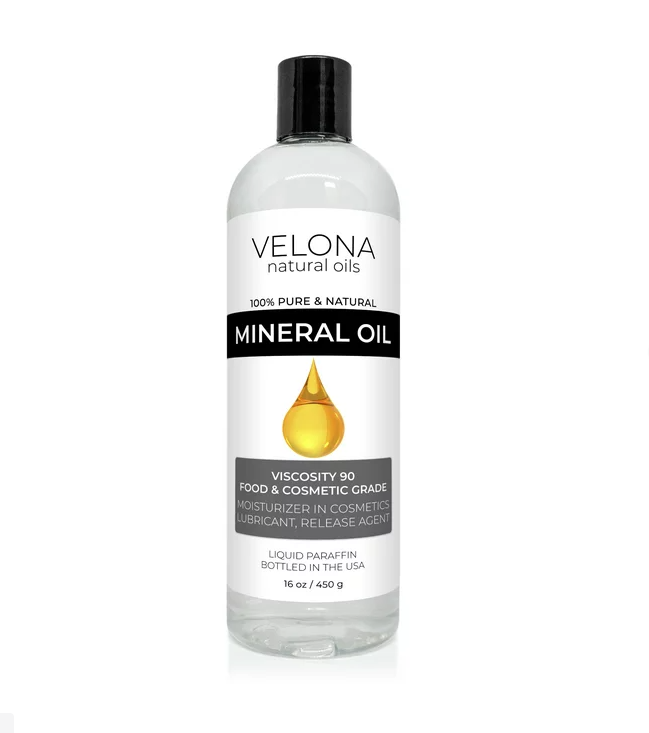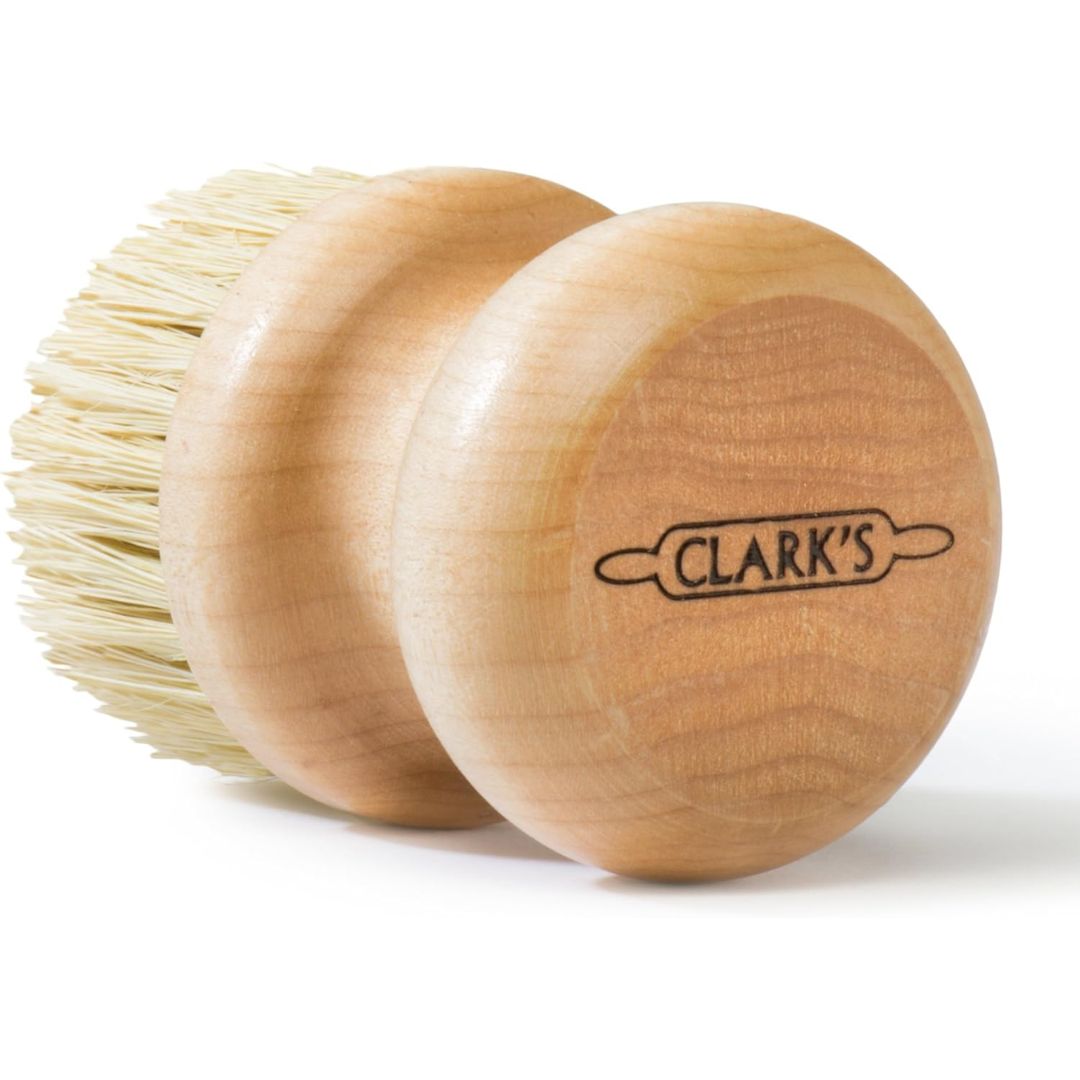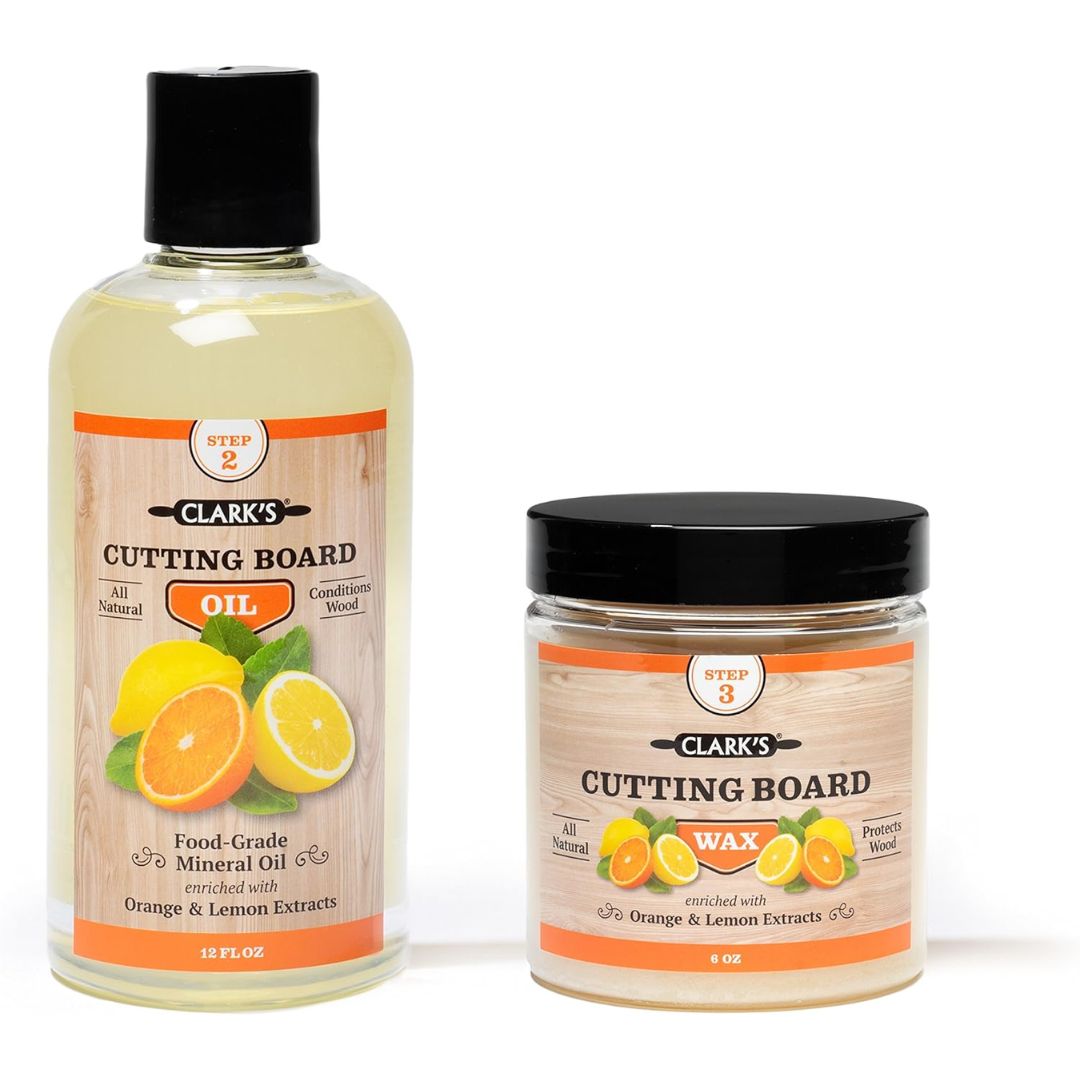How to Clean and Care for a Wooden Cutting Board — Natural Methods to Make It Look as Good as New
Your wooden cutting boards will look fresher than ever after following these care tips approved by experts
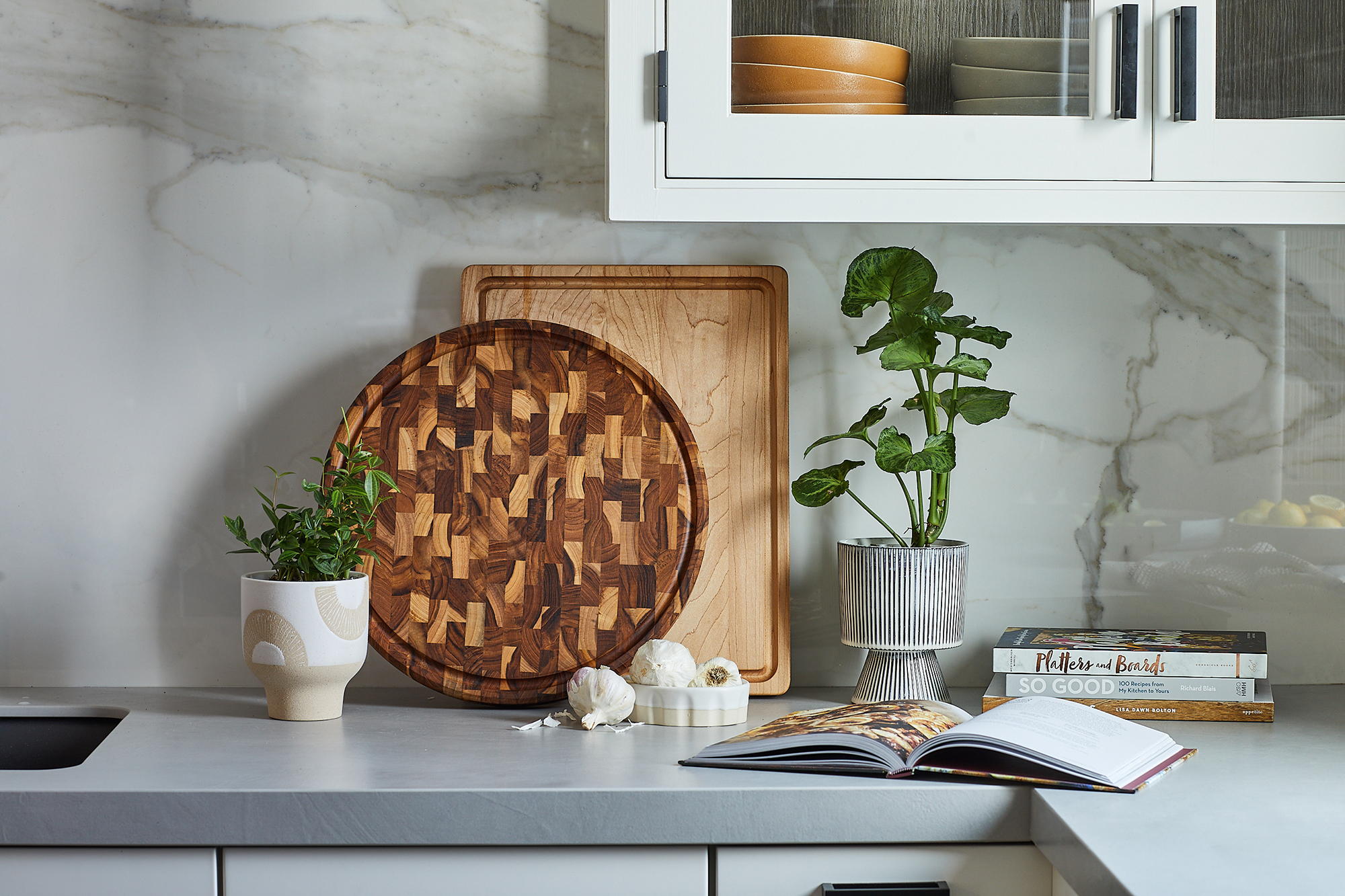

There are many things that people don’t think twice about before loading into the dishwasher but your wooden cutting boards should be one of them. Investing in a high quality cutting board can make all the difference to your meal prep experience, especially if you’re someone who likes to spend a lot of time in the kitchen. However, it is vital to handle your boards in the appropriate way to maintain their form and function for years to come.
Whether your kitchen homes a wood serving board made from bamboo, beech or acacia, we’re here to guide you on the best ways to show your wooden cutting boards the care they deserve.
We spoke to cleaners, manufacturers and bespoke board companies to learn how to care for a wood cutting board, and what a person should never do to their board to prevent unnecessary wear and tear. Here's what they had to say about it.
How to care for a wooden cutting board
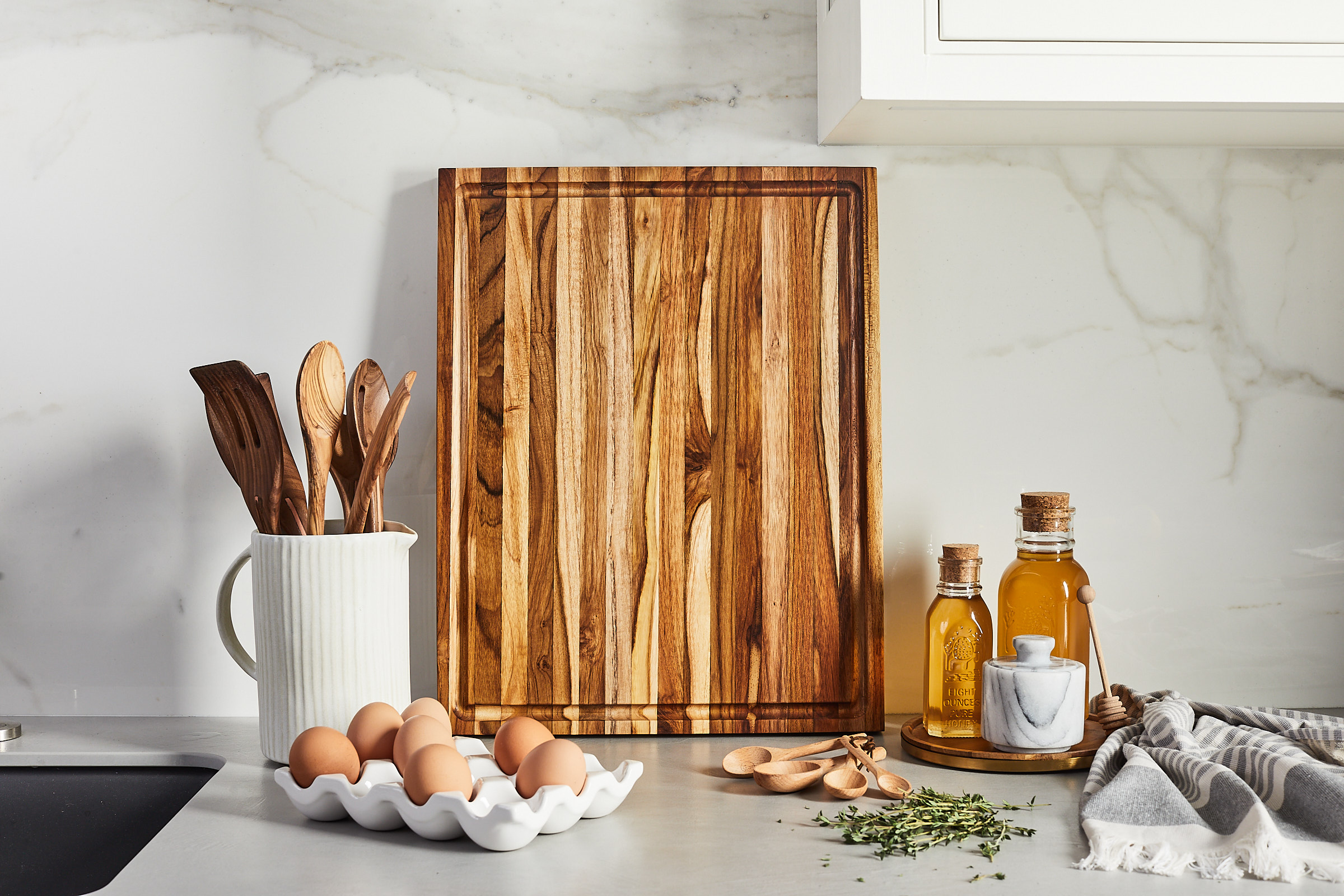
From marble serving boards to wood ones, it is important to keep your kitchen good clean and pristine. This will not only help your boards last longer, but it is also essential for your own overall heal. The correct care required for a wooden cutting board depends on the type of wood it’s created from, as well as the type of board a person uses. Have you ever stopped to consider whether you have what is known as a ‘laminated board’? I hadn’t before recently!
‘A laminated board consists of several pieces of exotic wood glued together,’ says Roger Kugler of Hoosier Woodworks. ‘More delicate than boards of one solid wood, laminated boards can be prone to failure at the glue lines as well as cracking’. Because of this, laminated boards need to be kept dry and not be immersed in water for long periods of time – which means no dishwashing. Giving these boards a good wipe down with a damp cloth and soap is all that’s needed.
For cutting boards made from one solid wood, the specific washing care depends on the wood type, but any wooden board can benefit from rubbing with oil occasionally. This helps to ‘feed’ the wood as well as maintain the surface of your board. ‘The basic care for wooden cutting boards is oiling and drying immediately after washing,’ says Mattie Sheppard, a cleaning and interior design expert at HouseCashin.
How to clean

Mattie gives us a breakdown on how to oil and wash particular types of wooden board below:
Walnut – Requires regular oiling as it can dry out quickly
Maple and Beech – Requires regular oiling in dry temperatures to prevent cracking
Teak – Must avoid stripping natural oils as much as possible. Use of food grade mineral oil application should be less frequent
Bamboo – This type of board requires regular oiling, as it can dry out and split
Cherry – To maintain its moisture, regular oiling is a must
Regular oiling is considered to be twice a month, with less frequent oiling being monthly, but you can always oil your cutting board sooner if it starts to look or feel dry. 'Fully coat the clean board in food grade mineral oil or beeswax, prop it up and allow the coating to soak in overnight,' says Tarek, Co-Founder of Sonder LA — a cutting board store. 'Repeat on a regular schedule, or sooner if needed, and you should be all set with a healthy, moisturized board.'
We also recommend checking the manufacturing information of any board before purchase — so you can see what material you’re working with.
What are the benefits a wooden cutting board?
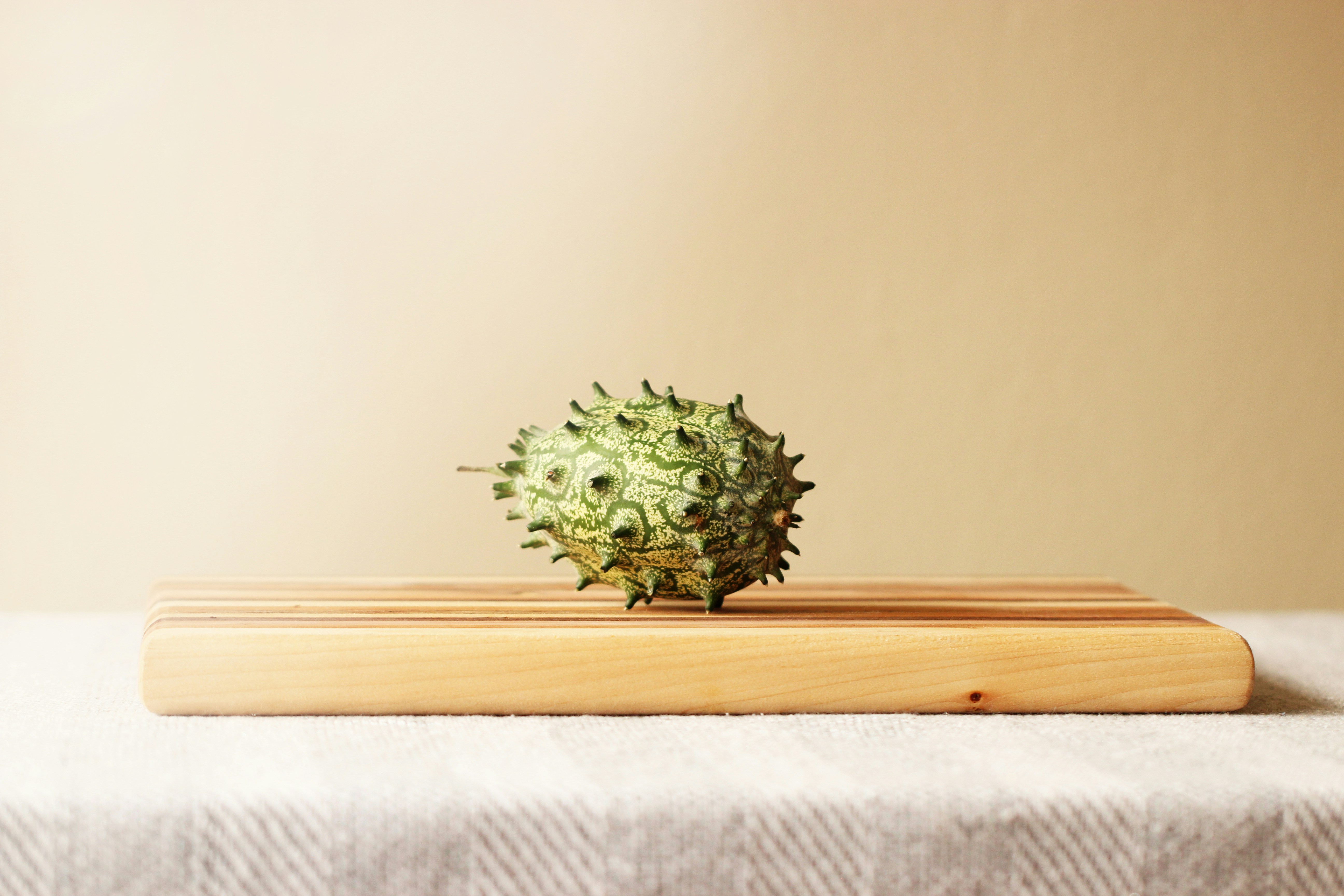
Wooden cutting boards are a popular choice in people’s kitchen countertop, for endless reasons. From their durability, aesthetically pleasing grains that come in a vast array of styles and colors, and their affinity towards eco-friendliness, it’s a no-brainer why they adorn a sea of countertops across the country. They can even be found in unique shapes and boast personalized engravings!
Further, opting for a wooden board is said to be healthier and safer for the user. ‘Materials like stone, glass, or metal for boards will very quickly dull your knife blades, making them require more force to cut through something,' says Tarek. 'This creates a greater chance of the knife slipping. Plastic boards are less harsh on knives but more harsh on you, as they release microplastics with every slice on the board. These microplastics contaminate your food then, in turn, your body.'
Roger adds: 'Wood also has a natural resistance to bacterial growth not present in other materials.' A plastic board may appear to be the easier option in terms of maintenance (so long as it’s regularly washed!) but if you’re looking for such health benefits alongside the addition of something stylish, long-lasting and reliable, a sturdier wooden cutting board could just be worth the extra investment.
‘Depending on the type of cutting board the wood is made from, some wooden boards have special features that others don’t have, too, such as a crumb collector,’ Mattie explains. ‘They’re also the more versatile choice, as a wooden board can double up as a serving board for any special occasion.’ Your summer charcuteries have already found a home!
FAQS
How do I remove cuts on my wood cutting board?
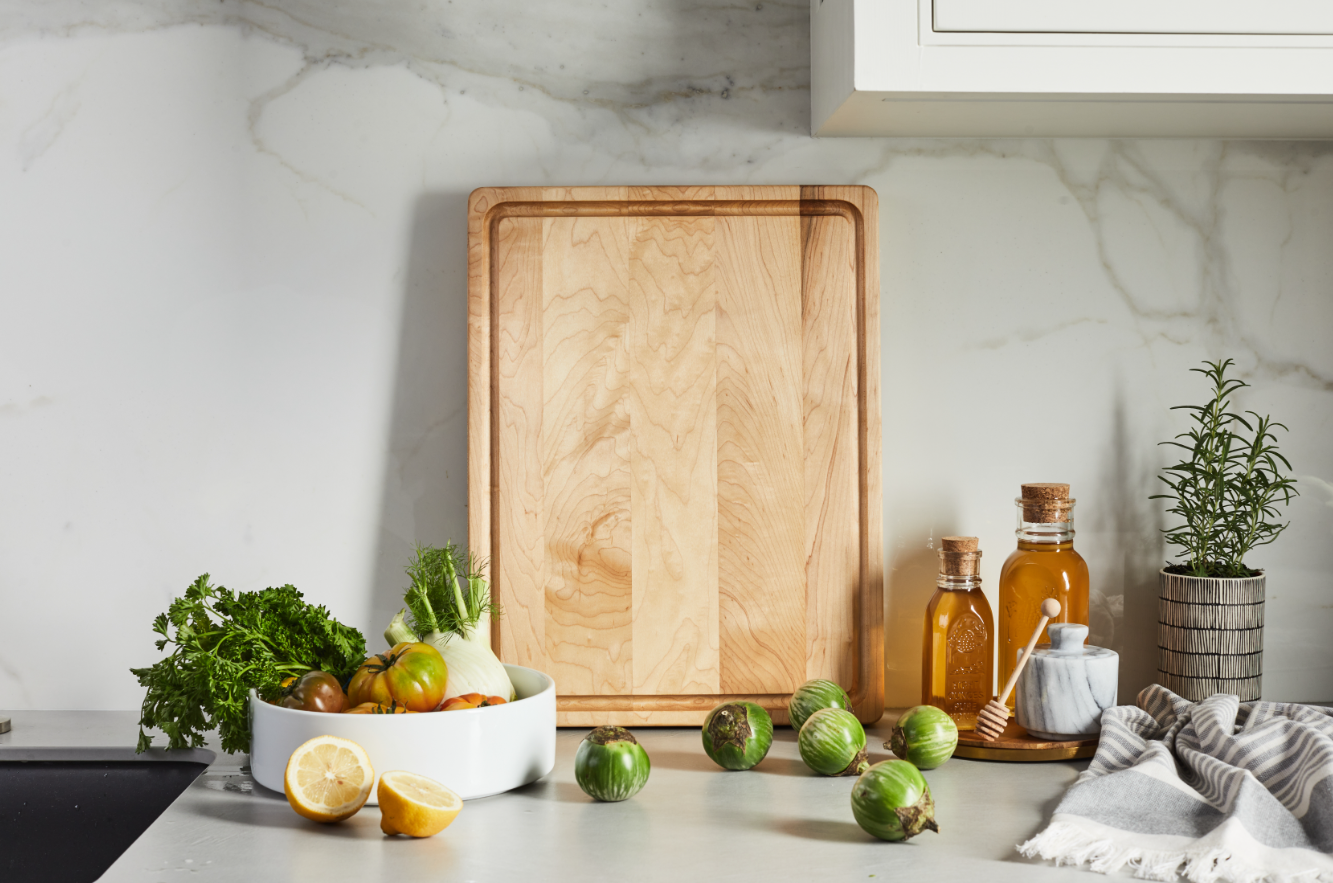
Gaining nicks and cuts on your board due to the use of kitchen knives is inevitable but fear not, you can get them out seamlessly if they aren’t too severe. ‘If your wooden cutting board gets a lot of nicks and cuts from heavy knife use, you can restore the appearance of the wood using sandpaper,’ says Roger. ‘It’s something you can’t do with a plastic board – after sanding the marks out, your cutting board will look like new!’.
Other signs of wear on your wooden board include scratches, cracks, and a lingering bad smell. Scratches can be sanded out, and a combination of food-safe wood glue and sanding can assist with fixing any cracks you come across, but when it comes to bad smells taking grip on the wood, it’s about knowing what to avoid.
‘Using vegetable oil or olive oil on your board excessively can cause a bad smell to develop over time,’ says Mattie. To help remove tough odors from your board, try sprinkling its surface with coarse salt and rubbing over it with half a lemon. Make sure to dry the board well after doing this and then oil it if you can to restore the moisture removed by the lemon’s acidity.
You’re now all set to treat those boards better than ever.
Wood board cleaning products
Be The First To Know
The Livingetc newsletters are your inside source for what’s shaping interiors now - and what’s next. Discover trend forecasts, smart style ideas, and curated shopping inspiration that brings design to life. Subscribe today and stay ahead of the curve.

Ciéra is a writer and regional laureate with particular passions for art, design, philosophy and poetry. As well as contributing to Livingetc, she's an Editorial Assistant for Design Anthology UK and a contributing writer for Homes & Gardens and Apartment Therapy. Previous commendations of hers include being Highly Commended by The Royal Society of Literature and receiving a prestigious MA Magazine Journalism scholarship to City, University of London.
-
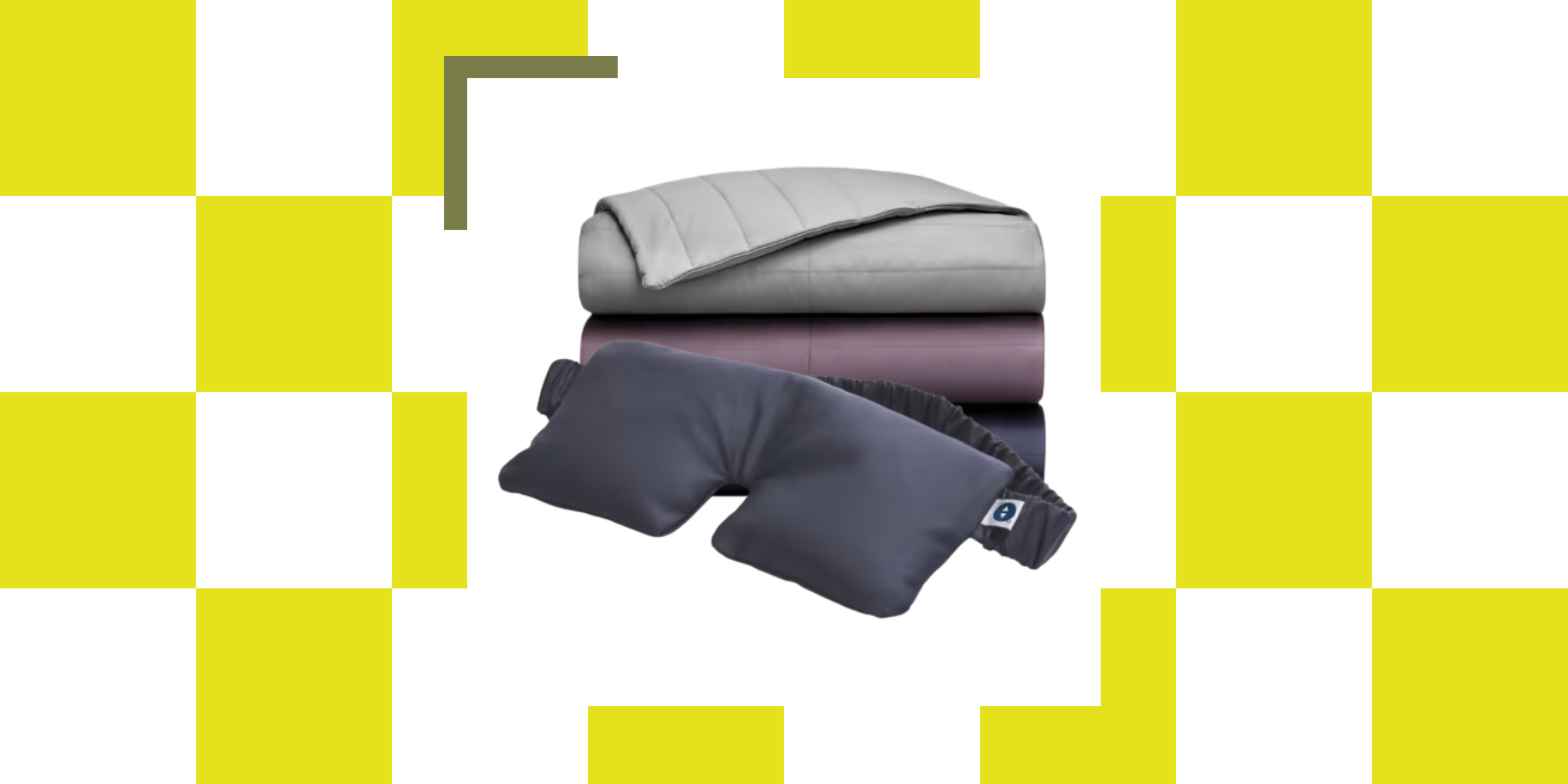 The Weighted Blanket That Doesn’t Make You Sweat (and the Eye Mask to Match)
The Weighted Blanket That Doesn’t Make You Sweat (and the Eye Mask to Match)Luxury has weight. And apparently, volcanic minerals
By Julia Demer
-
 What Is Biophilic Interior Design? I'm an Actual Biophilic Designer, and This Is How to Apply It to Your Home
What Is Biophilic Interior Design? I'm an Actual Biophilic Designer, and This Is How to Apply It to Your HomeA biophilic designer explains the core principles of this practice, and the easy ways you can apply it to your home's design
By Marianna Popejoy
-
 How to Clean Outdoor Cushions — And Get Them Looking Fresh Again for Sunnier Days
How to Clean Outdoor Cushions — And Get Them Looking Fresh Again for Sunnier DaysA professional guide to preparing your outdoor living space with effortlessly clean soft furnishings
By Becca Cullum-Green
-
 How to Clean Fabric Blinds — Because They Look Great, but They're the Hardest to Keep Looking That Way
How to Clean Fabric Blinds — Because They Look Great, but They're the Hardest to Keep Looking That WayWhen it comes to blinds, we're firmly team fabric, but the one drawback is how hard they are to clean. Here's how the cleaning professionals do it
By Ciéra Cree
-
 Cleaning Bathroom Fixtures the Right Way Is the Secret to Keeping Them Beautiful — Here's What to Do
Cleaning Bathroom Fixtures the Right Way Is the Secret to Keeping Them Beautiful — Here's What to DoYou'll need to clean bathroom faucets, basins, showers, and more the right way to keep them well-maintained and looking their best
By Cheyenne Brown
-
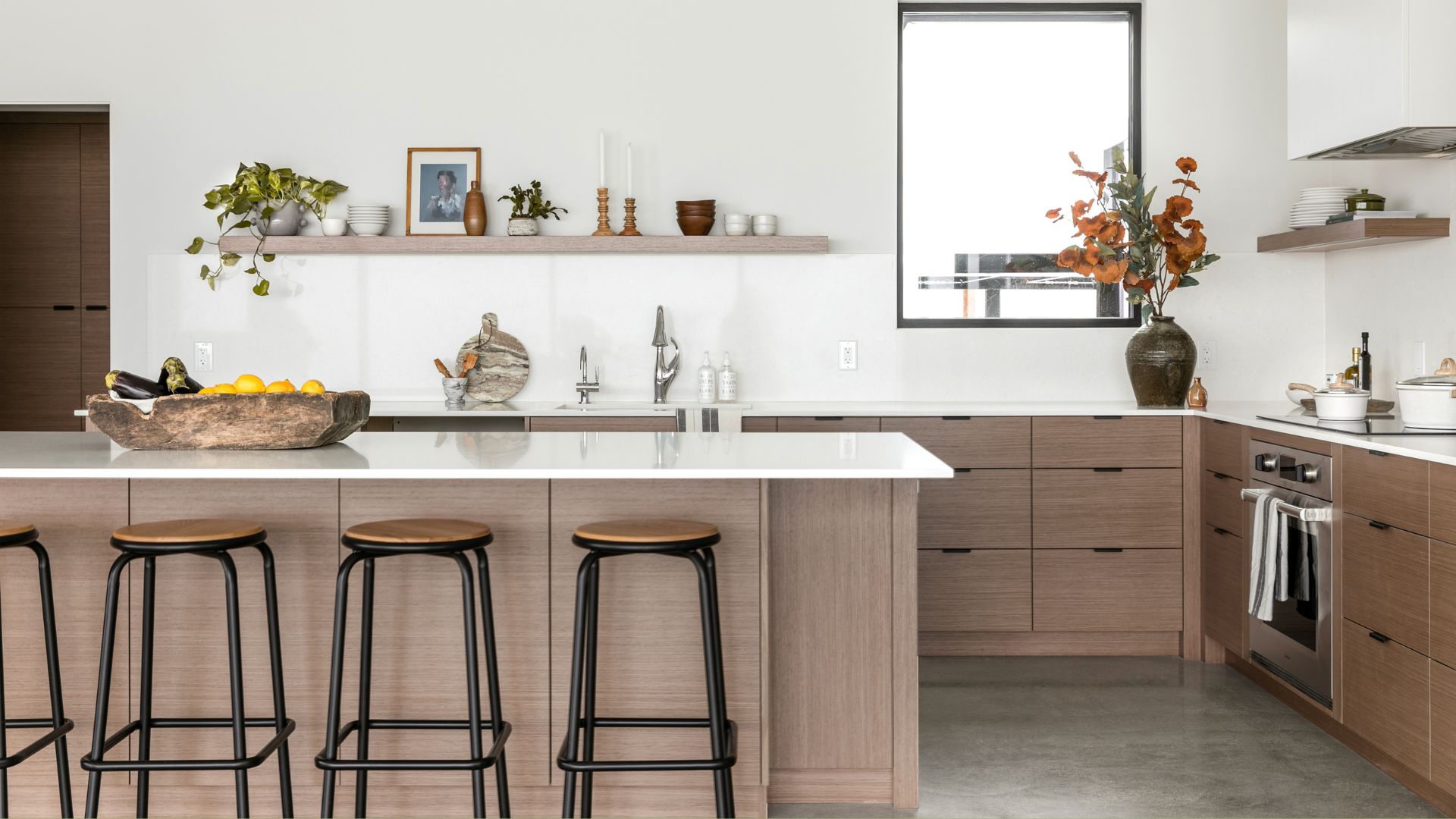 How to Properly Clean Quartz Countertops — And the Products You Should Never (Ever) Use
How to Properly Clean Quartz Countertops — And the Products You Should Never (Ever) UseIt is an increasingly popular countertop choice, but if you want your stone to sparkle, you'll need to know how to take care of it properly
By Lilith Hudson
-
 How to Clean a Chandelier — Because They're Beautiful, On-Trend, but Also Total Dust Magnets
How to Clean a Chandelier — Because They're Beautiful, On-Trend, but Also Total Dust MagnetsLove the idea of a delicate glass chandelier, but not the idea of cleaning it? Here, professional cleaners explain why just reaching for the glass spray won't cut it
By Lilith Hudson
-
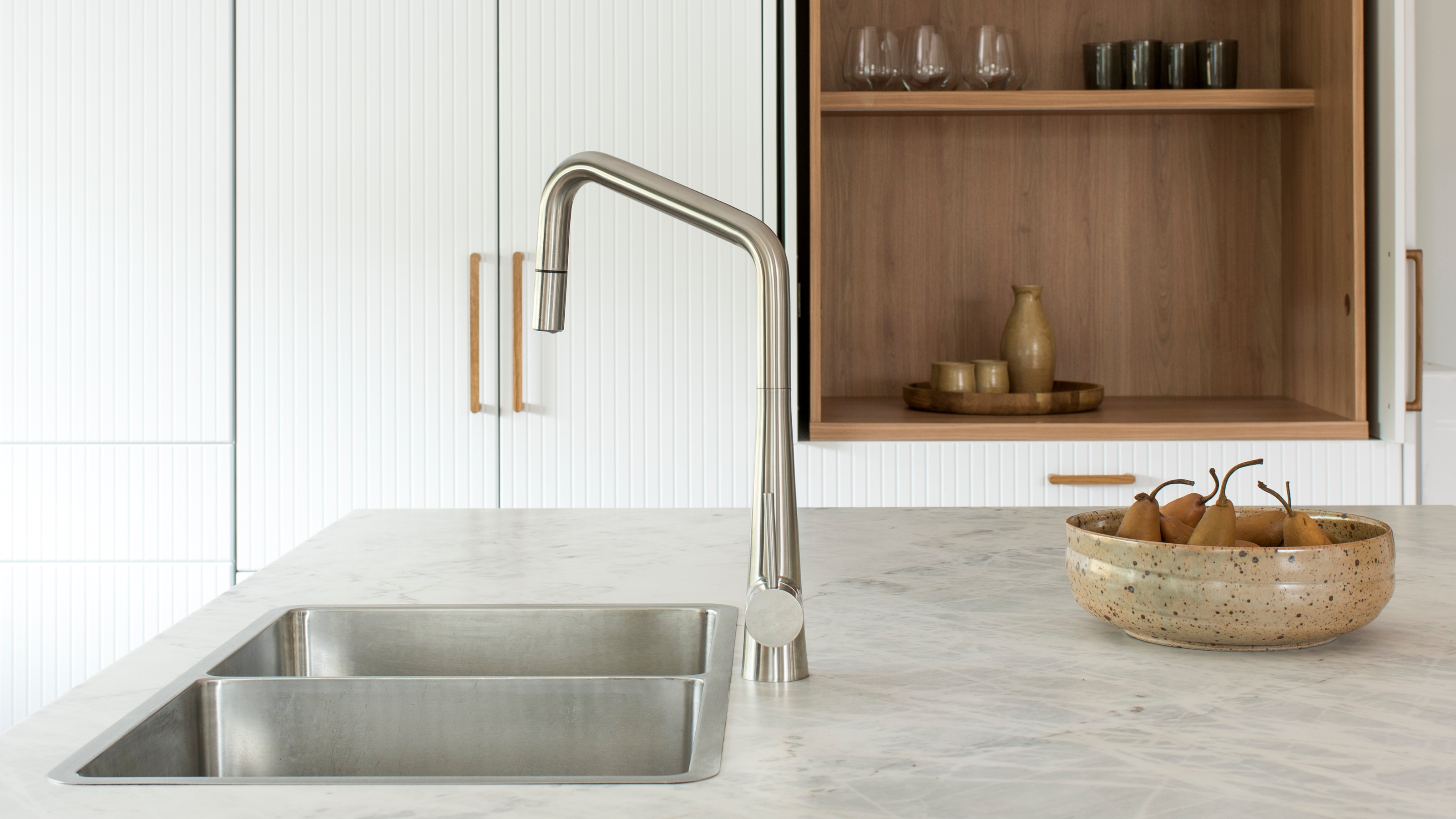 Is Your Stainless Steel Sink Due for a Glow Up? Cleaning Experts Share Their Top Tips to Restore Its Sparkle
Is Your Stainless Steel Sink Due for a Glow Up? Cleaning Experts Share Their Top Tips to Restore Its SparkleA professional guide to getting your grimy sink to shine...It only takes a few steps
By Lilith Hudson
-
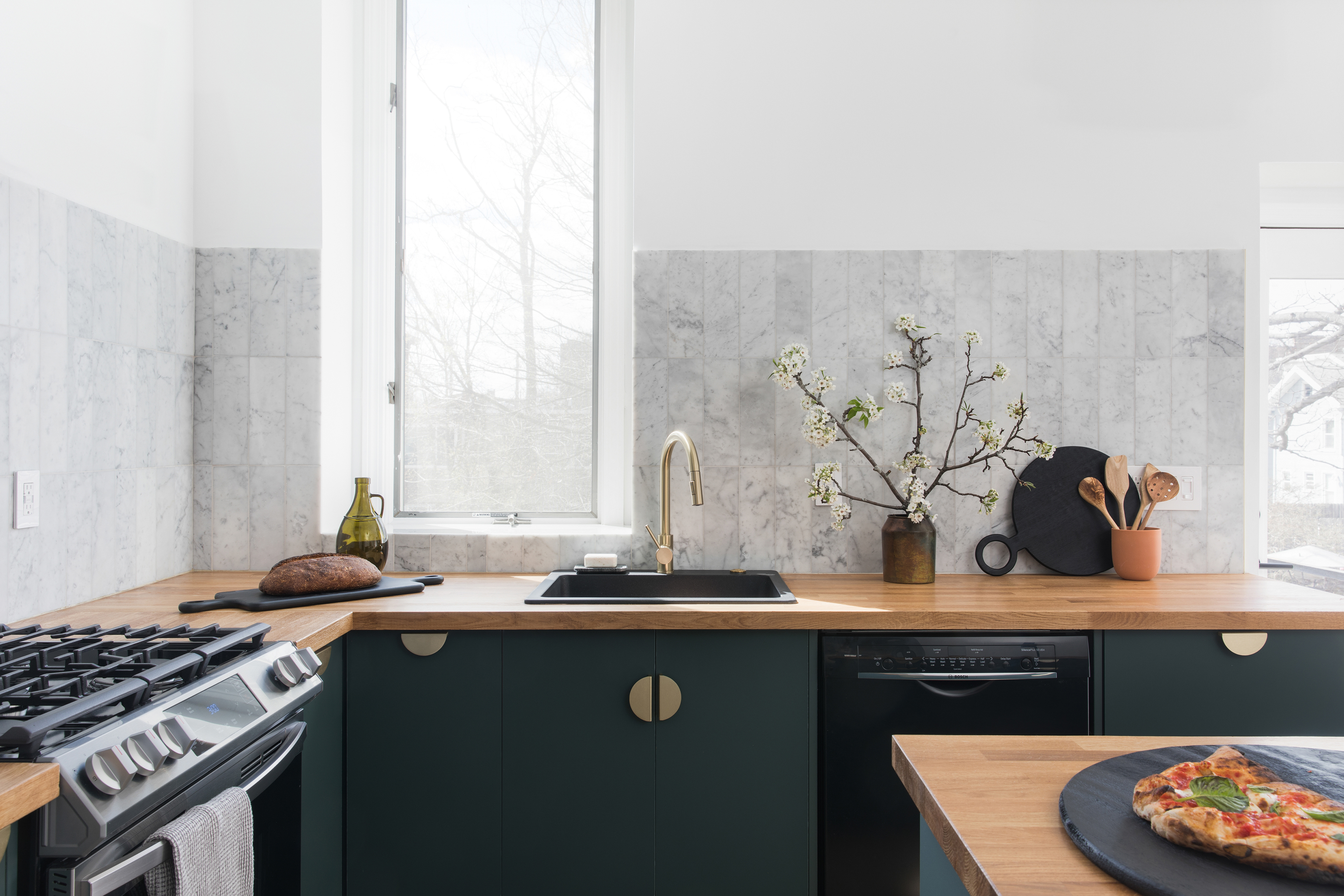 Yes, Laminate Countertops Can Look Stylish. Here Are 5 Easy Steps to Make Yours Gleam
Yes, Laminate Countertops Can Look Stylish. Here Are 5 Easy Steps to Make Yours GleamLaminate kitchen surfaces are versatile, hard-wearing, and budget-friendly, but how do you keep this material looking its best? Let's find out!
By Lilith Hudson
-
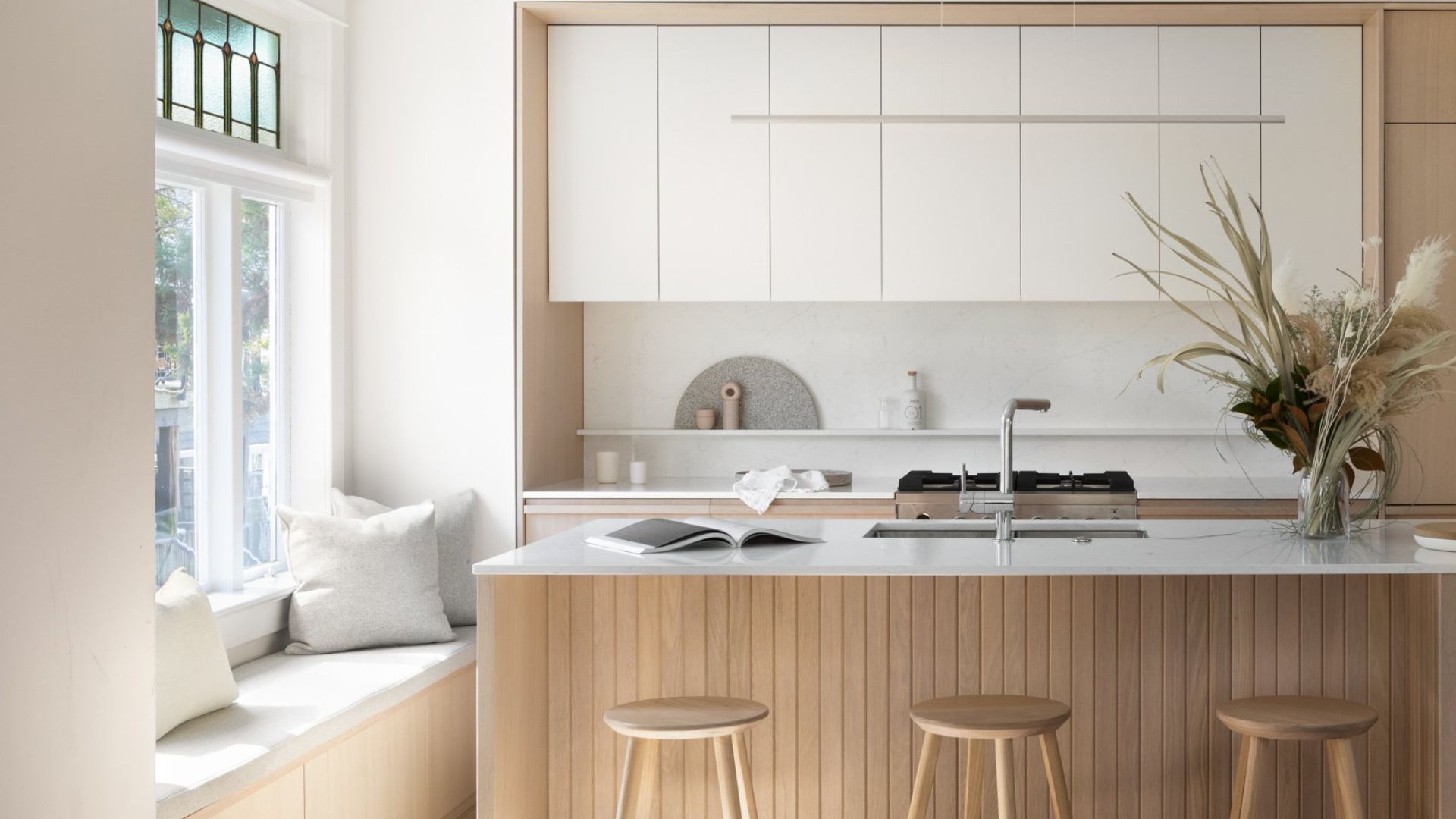 I Asked a Cleaning Expert for Minimum-Effort Ways to Remove Mold From a Dishwasher — She Gave Me 4 Easy Tricks That'll Extend its Life, too
I Asked a Cleaning Expert for Minimum-Effort Ways to Remove Mold From a Dishwasher — She Gave Me 4 Easy Tricks That'll Extend its Life, tooA professional guide to removing dirt, grime and mold from your dishwasher to get it looking and smelling fresher than ever
By Faiza Saqib
